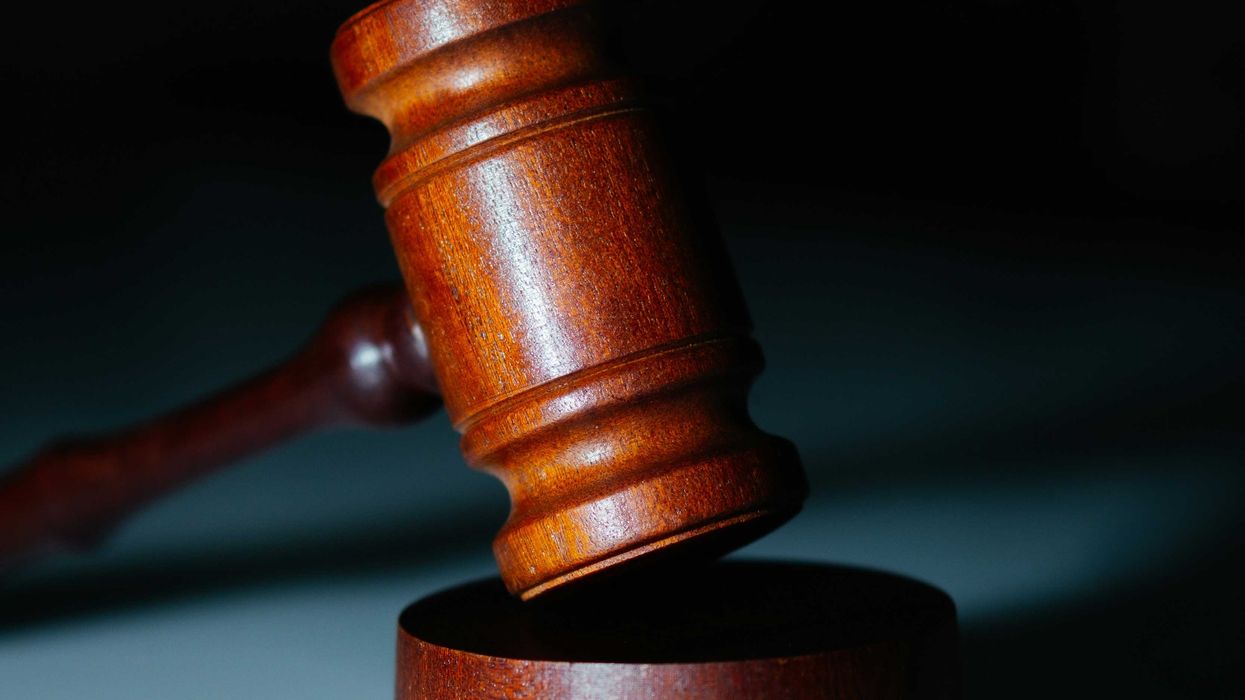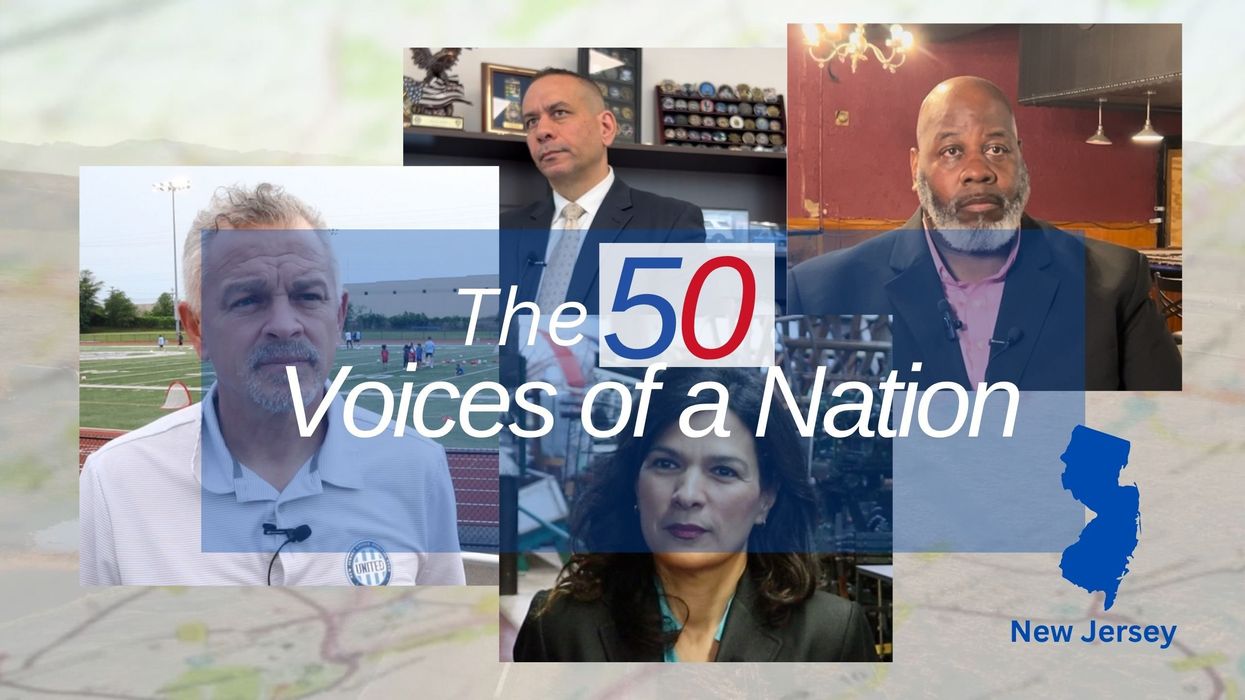Originally published by The 19th.
Top election officials recently sounded the alarm about ongoing delays within America’s mail delivery system and the potential effect on mail-in voting in the upcoming presidential election, a warning that comes as former President Donald Trump continues to sow distrust about how some of those ballots will be counted.
Some people who vote by mail may be disenfranchised this fall if the issues are not addressed, the officials said in a letter to the head of the United States Postal Service that detailed challenges with the delivery of mail-in ballots over the past year.
“We implore you to take immediate and tangible corrective action to address the ongoing performance issues with USPS election mail service,” officials say in the letter, which was signed by representatives for the National Association of Secretaries of State and the National Association of State Election Directors — two organizations that include state and local election officials in all 50 states, the District of Columbia and the U.S. territories. “Failure to do so will risk limiting voter participation and trust in the election process.”
Election officials, who are overwhelmingly women, have long highlighted the challenges to running the country’s decentralized elections, particularly after 2020 — challenges that include debunking ongoing lies about election security. Trump and some Republicans have for years spread disinformation about elections, including how and when mail-in ballots are counted.
A handful of secretaries of state also testified to members of Congress on Wednesday that they continue to deal with the ramifications of those lies, including responding to threats of violence.
In the letter dated Wednesday, election officials said mail-in ballots have at times been erroneously held for remediation, significantly delayed or “otherwise improperly processed.” Election officials “in nearly every state” have received postmarked ballots “well after Election Day and well outside the three to five business days USPS claims as the First-Class delivery standard.”
In multiple states, election officials reported receiving “anywhere from dozens to hundreds of ballots 10 or more days after postmark.”
“There is no amount of proactive communication election officials can do to account for USPS’s inability to meet their own service delivery timelines,” said the letter.
Election officials also reported instances in which mail that was sent to and from voters was marked as “undeliverable” at higher-than-usual rates. The potential ripple effect, they cautioned, was voters being placed on inactive voter rolls or getting their registration record canceled, and ballots not reaching voters or being delivered to election offices.
The letter was addressed to U.S. Postmaster General Louis DeJoy, who came under scrutiny in 2020 for his handling of mail services around the last presidential election. In August, DeJoy told The Associated Press that he is “confident” in the Postal Service’s delivery of election mail.
Adrienne Marshall, director of election mail and government services for the Postal Service, told The 19th that the agency has been in “close communication” with the National Association of Secretaries of State, the National Association of State Election Directors and other election officials throughout the year. She said each time they have brought up an issue, it has been “promptly addressed” and will continue to be.
“We are ready to deliver. We were successful in 2020 delivering a historic volume of mail in ballots; also in 2022 and will do so again in November 2024,” she said in an email. The Postal Service said it encourages people to mail back ballots at least a week before their state’s deadline to receive them.
While election officials in the letter acknowledged some efforts that the Postal Service will take around the election, they added: “Temporary measures will not be sufficient to address the persistent issues highlighted by election officials.”
Maria Benson, senior director of communications for the National Association of Secretaries of State, told The 19th that the organization is not trying to dissuade people from voting by mail if their state allows it.
“We do encourage voters, however, to give themselves plenty of time to return their ballot via USPS,” she wrote in an email.
Amy Cohen, executive director of the National Association of State Election Directors, told The 19th that rules around voting by mail vary by state, so it’s important that eligible voters be proactive. They should request a mail-in ballot early, track the ballot if possible and put it in the mail early or be prepared to return the ballot in person (if permissible).
“Most importantly, if you have a question about receiving or returning your ballot, ask your election officials,” Cohen said in an email. “Election officials are the most reliable source for information about how to participate in the upcoming election.”
The use of mail-in voting has risen in recent years, spiking during the coronavirus pandemic when public health guidance forced more people to consider voting options outside of Election Day.
But while it used to be popular among both Democrats and Republicans, Democrats are now more likely than Republicans to say it should be more accessible. Now in his third bid for office, Trump has at times seemed to change his position on mail voting. During the Republican National Convention, the party repeatedly aired a video that showed the former president encouraging his supporters to vote by mail. But Republicans are also still challenging how vote-by-mail ballots are counted, especially in battleground states like Nevada and Pennsylvania.
In 2020, Trump tried to sow doubt about legally cast ballots that arrive by mail at vote-counting sites after Election Day, which is legal in some states, though deadlines vary.
Now, Republican voters are more likely to trust Trump and his campaign than information from the government about election results, according to a new survey from The Associated Press-NORC Center for Public Affairs Research and USAFacts. The survey also found a majority of Americans have at least “a moderate” amount of trust in official election results.
According to a new 19th News/SurveyMonkey poll, Americans are more likely to trust that elections in their precinct will be run securely compared with their trust in the country’s elections overall. The largest difference was with Republicans, with 76 percent saying they trust elections in their precinct and 43 percent saying they trust elections in the country.




















 From left to right: Gabriel Cardona-Fox, Bud Branch, Joe Concienne
From left to right: Gabriel Cardona-Fox, Bud Branch, Joe Concienne 